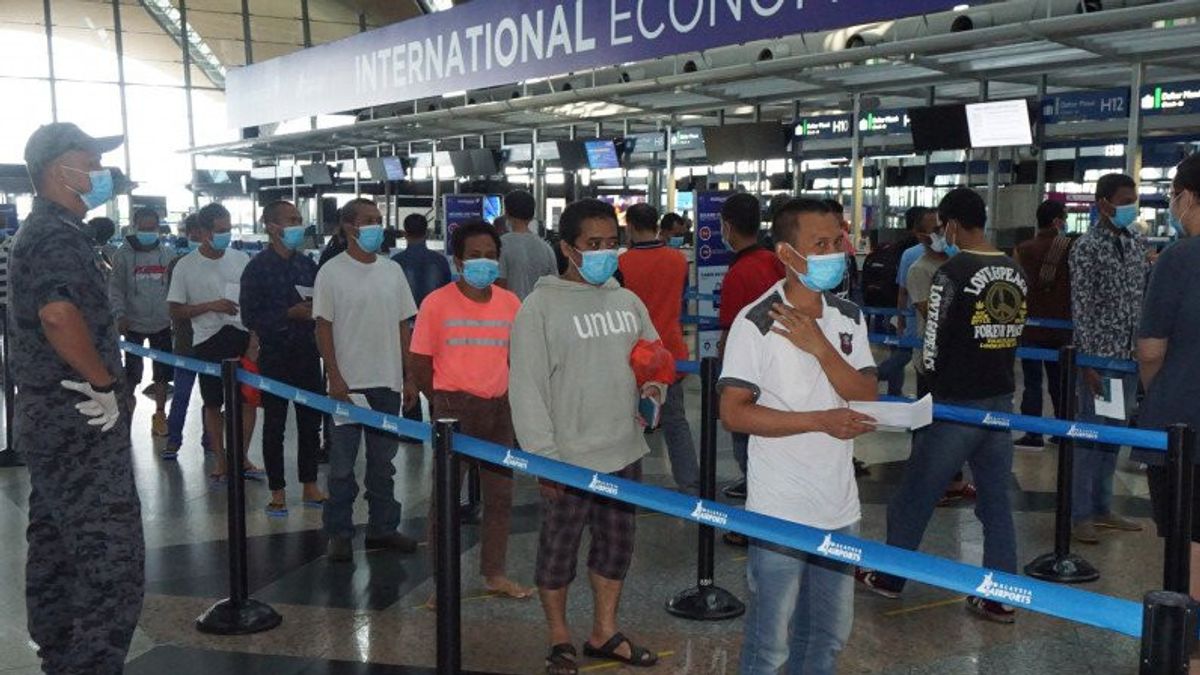JAKARTA - The Central Statistics Agency (BPS) noted that international migrant workers contributed 0.87 percent to Gross Domestic Product (GDP) to 1.07 percent.
"In the last five years, the proportion of remittances to national GDP has increased from 0.8 percent to 1.07 percent," said Acting Head of BPS Amalia Adininggar Widyasanti in a statement, Wednesday, December 20.
Amalia conveyed that the right mapping of migration agents in the education sector will determine human development on the basis of the actual education trend so that development is more targeted.
Based on data from the World Bank report for the low-skilled migrant category from Indonesia that migrated to the United States, it was able to get an increase in revenue of up to 500 percent.
According to him, international migrant income is influenced by skills, gender, age and language skills.
In general, the migrant wage with official documents is almost the same as the national wage for the destination country due to access to various formal jobs.
SEE ALSO:
Amalia said that when compared from 1960 to 2020, migration from low-income countries doubled. Meanwhile, the number of people who come to high-income countries has almost tripled.
"Most of the international migrants come from middle-income countries, while the main destination countries in the Gulf Cooperation Council (GCC), or better countries, or 88 percent to Saudi Arabia," he concluded.
The English, Chinese, Japanese, Arabic, and French versions are automatically generated by the AI. So there may still be inaccuracies in translating, please always see Indonesian as our main language. (system supported by DigitalSiber.id)













